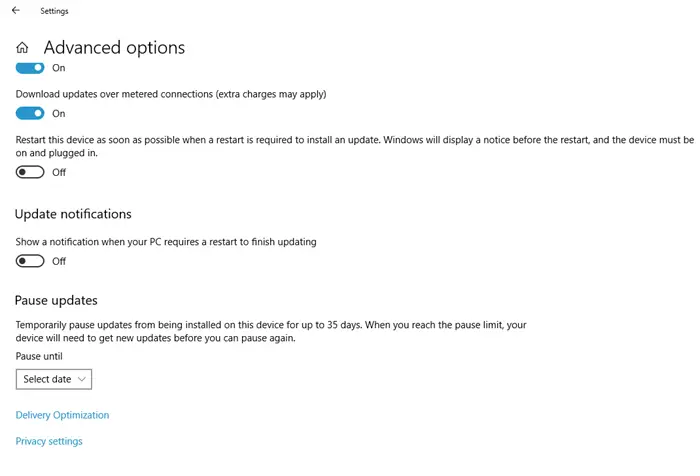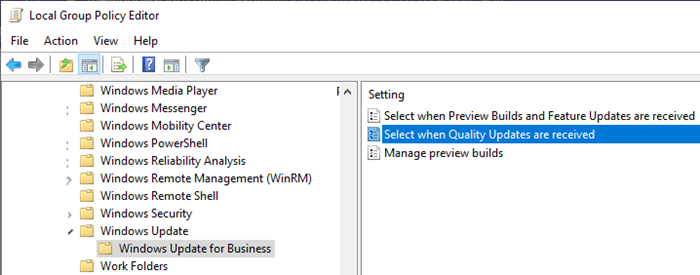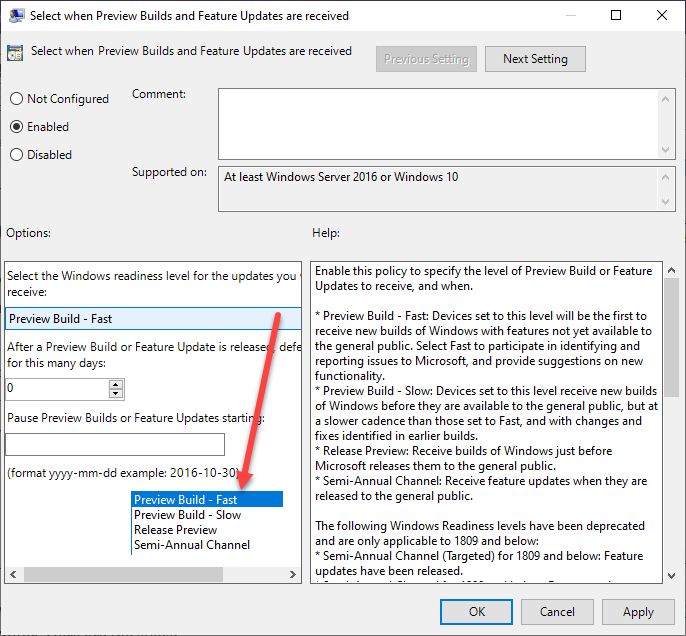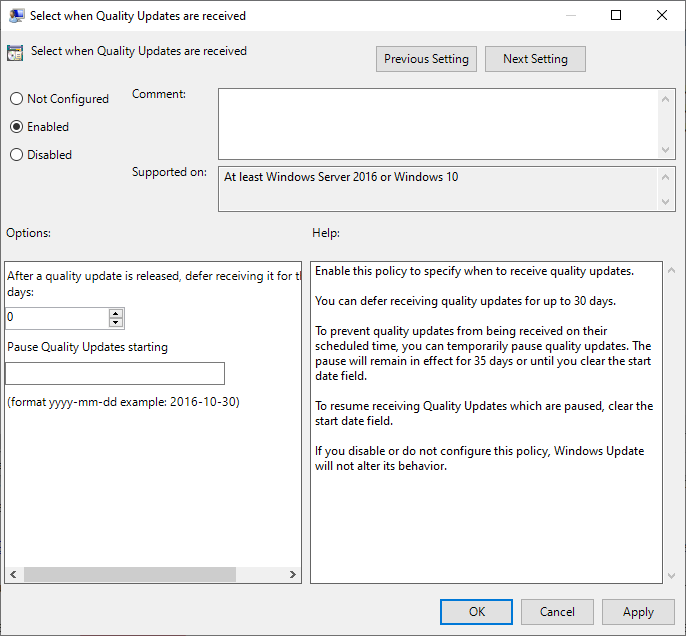Defer update was an excellent option for Windows 10, which allowed devices to delayed upgrade for up to 365 days. It helped many consumers to make sure they were not affected by the feature update bug and that their software and drivers did not break. However, the Defer Update feature has been removed from Windows 10 version 2004 and later. Microsoft thinks it may not be required anymore as updates are not forced anymore on, and instead, users can choose to install only when needed.
TIP: You can Enable the Select the target Feature Update version Group Policy setting or use the TargetReleaseVersionInfo Registry key to stop Windows from installing the next feature update.
Defer Updates option missing?
When you visit Windows Settings > Update & Security > Windows Update > Advanced Options, the option to defer the upgrade for up to 365 days is not there anymore.
Instead, you have only the option to pause updates for up to 35 days and that application for all versions of Windows.

So, why did Microsoft have to remove this feature in Windows? The Microsoft Windows team noticed that because of this feature, many Windows machines were only updating once a year. While it was intended for Business users, it was also rolled out for Windows consumers, and well, most of us do not want to upgrade in fear that a feature upgrade will break something. Well, that happens with every Windows Update.
That said, Microsoft further mentions about this change as part of Business Update change.
Last year, we changed update installation policies for Windows to only target devices running a feature update version that is nearing end of service. As a result, many devices are only updating once a year. To enable all devices to make the most of this policy change, and to prevent confusion, we have removed deferrals from the Windows Update settings Advanced Options page .
TIP: This post will show you to add Group Policy Editor to Windows Home Edition.
Defer Windows Update for 365 days using Group Policy

What Microsoft has done here is remove the option from the Windows 10 Update settings. An admin user can still defer the update for 365 days using the Group Policy Editor. Here are the steps:
Open Local Group Policy Editor by typing gpedit.msc in the Run (WIn +R) prompt, followed by pressing the Enter key. Next, navigate to
Computer Configuration > Administrative Templates > Windows Components > Windows Update> Under Windows Update for Business
Double clicks to open either of the policies— Select when Preview Builds, and Feature Updates are received or Select when Quality Updates are received and change the configuration. Here are more details about both the policies.
Select when Preview Builds and Feature Updates are received

You can enable this policy to specify the level of Preview Build or Feature Updates to receive and when. It is similar to the insiders feature where you can choose Preview Build or only Release Preview. If your computer is able for Semi-Annual Channel, you can opt-in for that.
When selecting Preview build, you can defer for up to 14, and temporarily pause for 35 days from the start time provided. To resume receiving Feature Updates, which are paused, clear the start date field.
When Selecting Semi-Annual Channel, you can defer receiving Feature Updates for up to 365 days. You can also pause for 35 days from the start time provided.
Select when Quality Updates are received

You can enable this policy to specify when to receive quality updates. The maximum defer you can set for up to 30 days, and use for 35 days or until you clear the start date field.
That said, there are two situations when Windows will override these configurations. When the existing version of Windows has to end of life, and if there are some serious bugs and security issues that have to be fixed. Remember, you can always defer the update, but once it has been updated to the available feature update once the period is over.
Related Read: Free Update Blocker tools to stop Windows Feature Update.
Leave a Reply